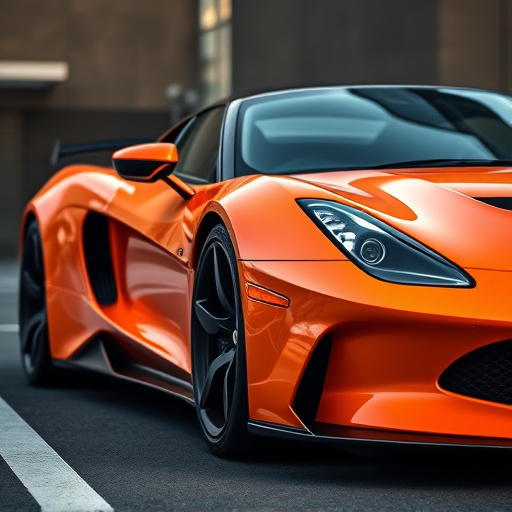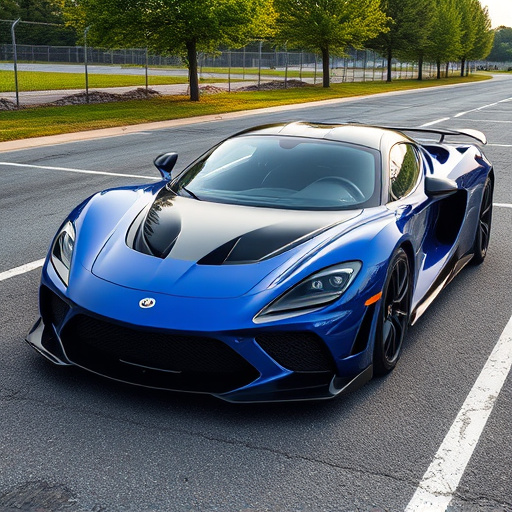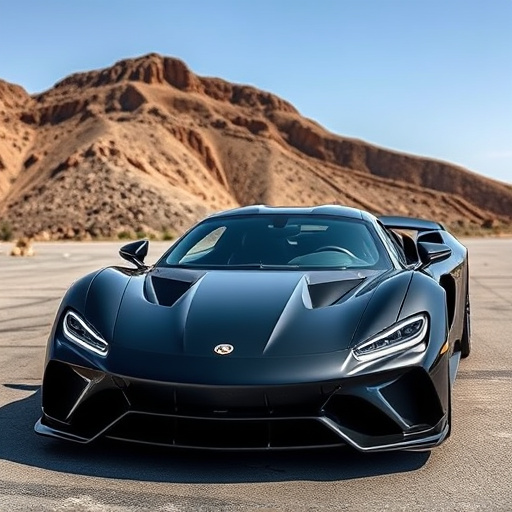JDM (Japanese Domestic Market) vehicle cold air intakes are a popular modification among car enthusiasts and tuners aiming to boost engine performance. These intakes draw cooler, denser air from outside the engine bay, enhancing combustion and power output while offering improved speed and responsiveness. In drift cars, tuners prioritize intake systems that direct cold, dense air into the engine, increasing horsepower and torque through modifications like larger bore sizes, relocated filters, and optimized airflow paths. JDM CAIs are key for drift car performance, ensuring smooth airflow, efficient cooling, quick adjustments, and easy maintenance.
Drift cars, known for their exhilarating performance on racetracks, rely heavily on efficient intake systems. This article delves into the world of JDM (Japanese Domestic Market) vehicle cold air intakes, exploring how these designs cater to drift car enthusiasts’ needs. We’ll uncover the preferences and modifications that tuners employ to enhance engine performance while navigating through tight corners. From conceptual understanding to practical design considerations, discover the secrets behind optimal drifting competition setups, all centered around the crucial element of JDM cold air intakes for tuner applications.
- Understanding JDM Vehicle Cold Air Intakes: A Conceptual Overview
- Tuner Preferences and Modifications for Drift Cars
- Design Considerations for Optimal Performance in Drifting Competitions
Understanding JDM Vehicle Cold Air Intakes: A Conceptual Overview
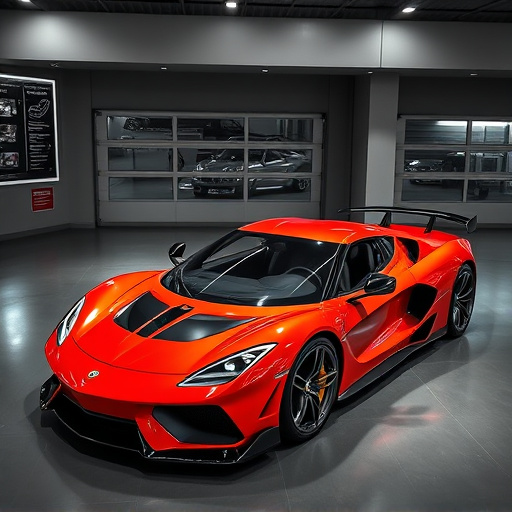
JDM (Japanese Domestic Market) vehicle cold air intakes are a popular modification among car enthusiasts and tuners seeking to enhance engine performance. This concept revolves around optimizing air flow to the engine, which is crucial for increasing power output. Unlike traditional intake systems that draw air from within the engine bay, JDM cold air intakes strategically place an air filter outside, typically in the front of the vehicle, to capture cooler, denser air from the environment.
By tapping into this colder and more efficient air source, JDM intakes enable better combustion, resulting in enhanced engine performance. Tuners often appreciate the aesthetic appeal of these intakes, as they can add a distinctive look to a car’s exterior. Moreover, their ability to improve power delivery makes them a favorite choice for those looking to customize their vehicles for racing or daily driving with increased speed and responsiveness.
Tuner Preferences and Modifications for Drift Cars
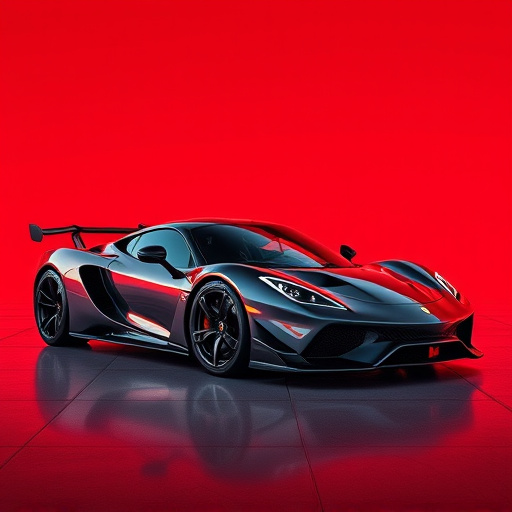
In the realm of drift car modifications, tuners often prioritize components that enhance engine performance and cooling efficiency. One key area of focus is the intake system, particularly with JDM (Japanese Domestic Market) vehicle cold air intakes. These tuners prefer designs that direct cold, dense air directly into the engine, increasing horsepower and torque. Modifications like adding a larger bore size, relocating the air filter, and optimizing the air flow path are common practices.
Furthermore, many drift car enthusiasts customize their intake systems to accommodate specific tuning goals. This might involve integrating high-flow air filters for improved airflow or even incorporating water injection systems for enhanced cooling. The goal is always to create a seamless and powerful combination that complements the engine’s overall performance, ensuring optimal drifting capabilities on the track.
Design Considerations for Optimal Performance in Drifting Competitions
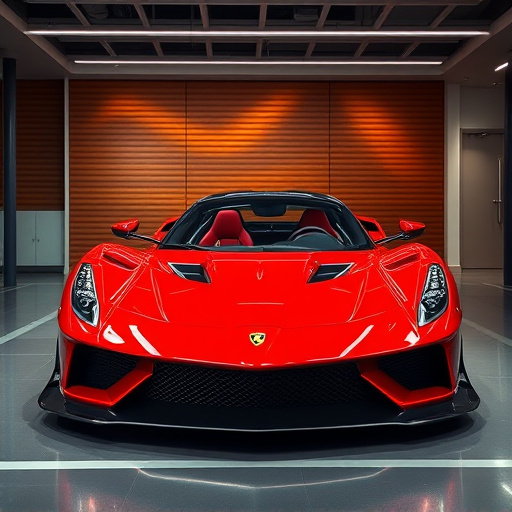
When designing a drift car intake system, several key factors come into play to ensure optimal performance in competitions. One of the most crucial considerations is the cold air intake (CAI), which plays a significant role in maximizing engine power and efficiency. For JDM (Japanese Domestic Market) vehicles, known for their precise engineering and tunable characteristics, a well-designed CAI can extract more air from the environment, enhancing the overall performance of the car during drifting maneuvers.
Tuner focus on incorporating JDM vehicle cold air intakes that direct cool, dense air directly into the engine. This involves strategically placing the intake to avoid turbulence and ensure a smooth airflow. Additionally, the use of high-flow filters and optimized ducting is essential to maintain efficient air delivery while also allowing for easy maintenance and cleaning, which is critical in competitive environments where quick adjustments might be needed.
JDM (Japanese Domestic Market) vehicle cold air intakes have become a favorite among drift car tuners due to their ability to enhance performance and optimize engine cooling. By understanding the fundamentals outlined in this article, including the conceptual overview of JDM intakes and design considerations for drifting competitions, enthusiasts can make informed decisions when modifying their drift cars. Tuners should prioritize efficient airflow, reduced restrictions, and optimized temperature regulation to gain a competitive edge while ensuring reliable engine operation during high-performance driving events.






